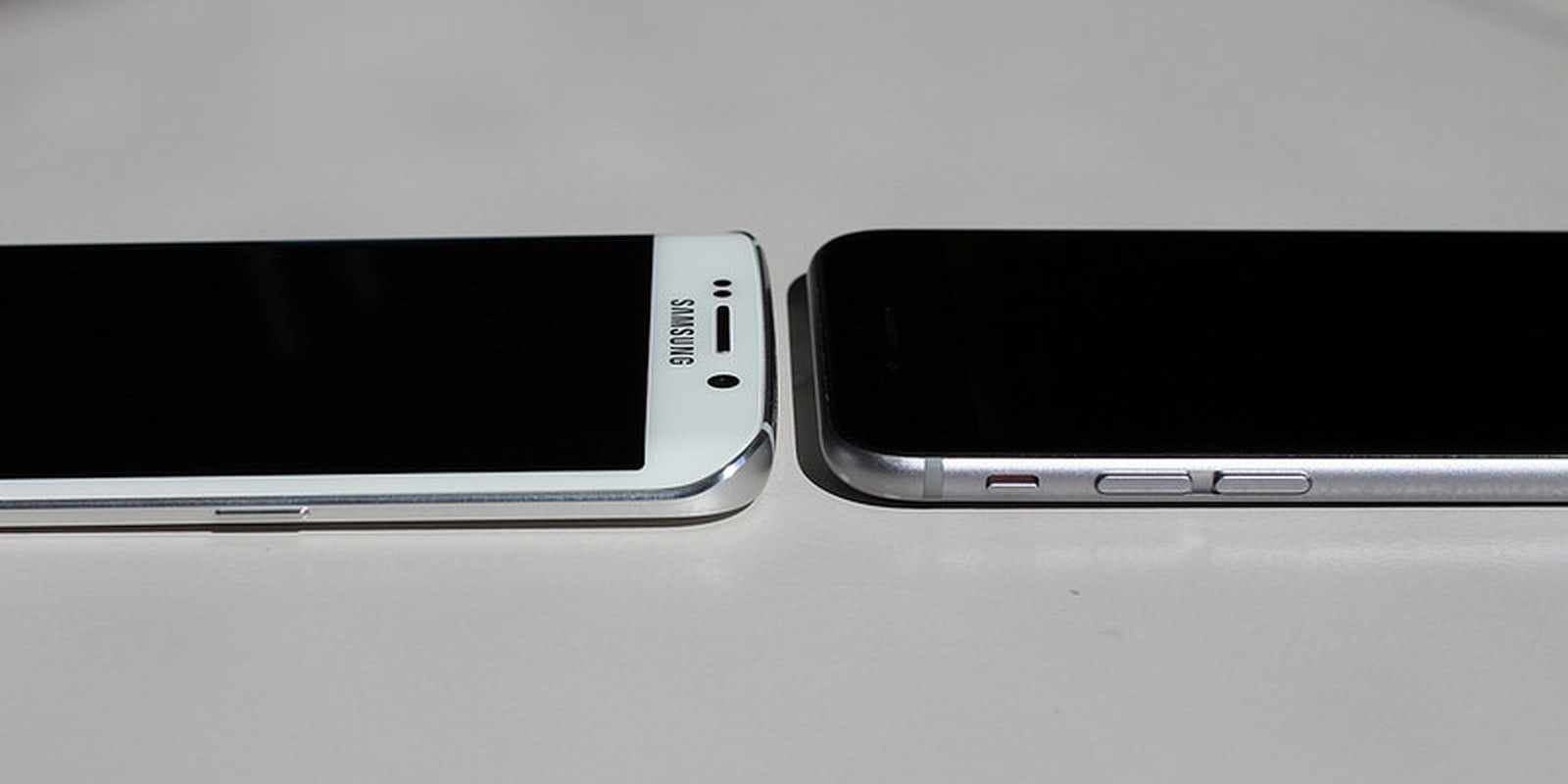With the ever-rising price of phones, people are more and more reluctant to upgrade to the newest model. A new report from Hyla Mobile, originally reported by the Wall Street Journal, shows the timeline between purchasing a new model of an Android or iPhone has increased steadily since 2016.
Two years ago, people were purchasing new phones every 2.38 years on average. In 2017, that average went up to every 2.59 years. Now, most people put nearly three years (2.8 to be exact) between their phone purchases.
This lengthening gap has a lot to do with cost. The average price of a cell phone has increased significantly since the original iPhone was released in 2007. The cost has fluctuated, starting in 2007 at between $499-$599, according to research published by Statistica. It dipped as low as $99 for the iPhone 5c in 2013, but it’s since skyrocketed to the exorbitant prices we now expect. For most people to afford more than $1,000 for an iPhone X in 2018, they need a monthly payment plan that often takes years to finish paying.
Android has similar numbers. The average length of time between upgrades has increased from 2.44 years in 2016 to 2.66 in 2018, according to Hyla Mobile, a trade-in company for mobile devices. The cost of an Android has also increased significantly since the original model was released in 2008 for about $400. Android phones tended to trend downward in cost in the subsequent years, according to a Statistica study. Since 2016, however, Android’s have gone up in price from around $650 for the Galaxy S7 to between $720-$800 for 2018’s Galaxy S9, doubling the cost of the original model.
It’s not just cost that has people hanging on to phones for longer, however. In the early days of the iPhone, each new model represented a significant change in technology, quality, and capability. Nowadays, each new model looks pretty much like the last, with small changes used as the excuse for jacking the price up hundreds of dollars.
This gradual shift away from competing for the most current version coincides with the rise of right-to-repair advocates, who won a recent victory when the Library of Congress and the U.S. Copyright Office ruled that consumers would be allowed to legally hack the software on their own devices to repair them. Previously, Apple products, in particular, had to be repaired by a pre-approved technician, often at huge cost to the consumer.
We are on a steady march toward more consumer-friendly practices, at least if Apple and Google are willing to consider the ways customer expectations are shifting. Many people no longer care if they own the newest model, particularly when it is nothing but a more expensive version of the phone they already possess. Consumers will never stop wanting their technology to improve, but they have grown fatigued by the high cost and stagnant quality.
H/T Motherboard


